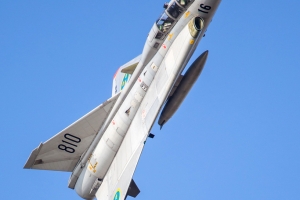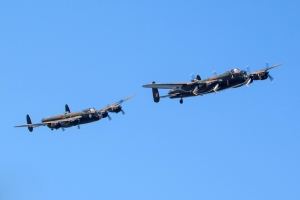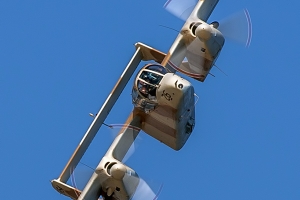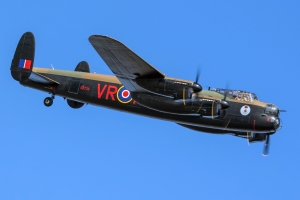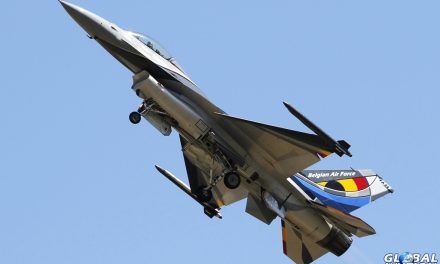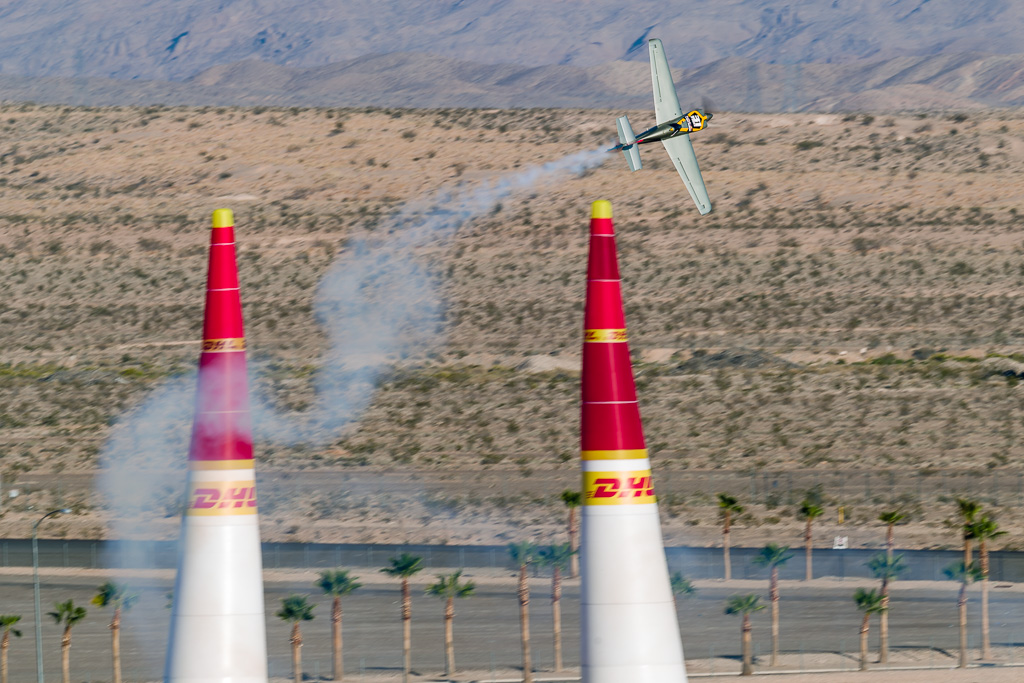There can be few airshow venues quite as picturesque as Jersey. For over 40 years the Jersey International Air Display has taken place over St Aubin’s Bay in the south of the Island. The Channel Islands have a strong connection to the armed forces as a result of the occupation in 1940. Islanders were always glad to see RAF aircraft passing over right up to the liberation of the Islands on 9 May 1945, the day after the end of the war in the rest of Europe. In Jersey, the show traditionally takes place on the Thursday nearest to Battle of Britain Sunday, and the schools, and some businesses, close for the day which leads to a great atmosphere. Phil Golding guest reports for GAR.
The centre point of the show, and the datum for displaying aircraft, is the lower park. This faces the sea on the opposite side of Victoria Avenue (that is closed for the duration of the show), just to the west of St Helier. In past years the park slightly inland of this, People’s Park, hosted the static helicopters but the decision was made this year to park the static Royal Navy Merlin and Sea King on the narrow strip that is the lower park. Military vehicles, a static uncovered Sherwood Ranger biplane and the merchandising unit for the Red Arrows was also here along with a number of locally based military vehicles. The VIP area was also on the park, leaving the whole of the sea front wall, save for a short section in front of the commentary position, free for the massive crowd.
© Phil Golding
The organising team at Jersey always strive to make their show a little different but the last couple of years have seen the team recovering from the disasterous year in 2011 when bad weather stopped all flying and finances were, understandably, stretched. This year the Canadian Lancaster was a ‘must have’ and this arrived on the day before the show, its arrival being covered live on BBC Radio Jersey and eagerly awaited by hundreds of people at the airport. Among the first on board was Jersey resident Ken Trent DFC who was with 671 and dropped Tallboys and Grand Slams. He was overheard in the cockpit of the Canadian Lancaster telling the crew that with all excess weight stripped out and more powerful Merlins installed, the Lancaster was very heavy to fly with the Grand Slam attached but as soon as it was dropped ‘it was like a four engined Spitfire, some of the chaps looped them although I didn’t’.
This year the weather was really kind, with blue skies and almost no haze making the job much easier for the pilots. The show kicked off with the French P-40 Warhawk F-AZKU from La Ferte Alais in mock dogfight with the T6-based Zero. The P-40 has been seen in the UK occasionally but not with the Zero, and they performed a Pacific War set-piece.

© Ian Le Sueur
The Swedish Historic Flight are great supporters of Jersey International Airshow and their first item in the programme was the SK60, sometimes known as the Saab 105. This small twin jet is a four seat trainer and liaison aeroplane that was designed in the 1960s. It looks a little like a four-seat Alpha Jet but performs well and makes a pleasant change to see, especially in its silver scheme with the three gold crowns of the Swedish air force.
One visitor from France, and one that has been seen a few times in Jersey, was the Montpelier-based Bronco F-AZKM. Since its last visit to Jersey it has been repainted in the colours of a US Marine Corps Bronco, although this one is an ex-German target tug.
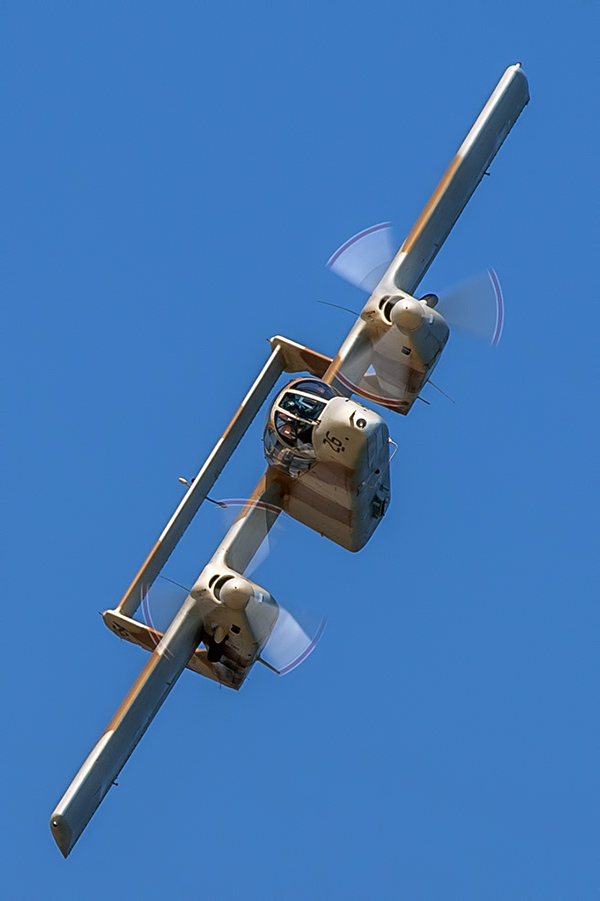
© Ian Le Sueur
The Polikarpov I-16 had been booked and the EKW C3603 should also have appeared but both had to cancel, which is a shame as they would have added an extra edge to the unique flying displays that keep the Jersey show so much fun.
One Swiss aircraft that was at the show was the Morane Saulnier D.3801 that is now wearing Swiss markings to celebrate this year’s 100th anniversary of the Swiss Air Force rather than its previous markings as a French Morane Saulnier MS 406. This has been seen at Flying Legends in the past but is far from being a regular performer at UK airshows.
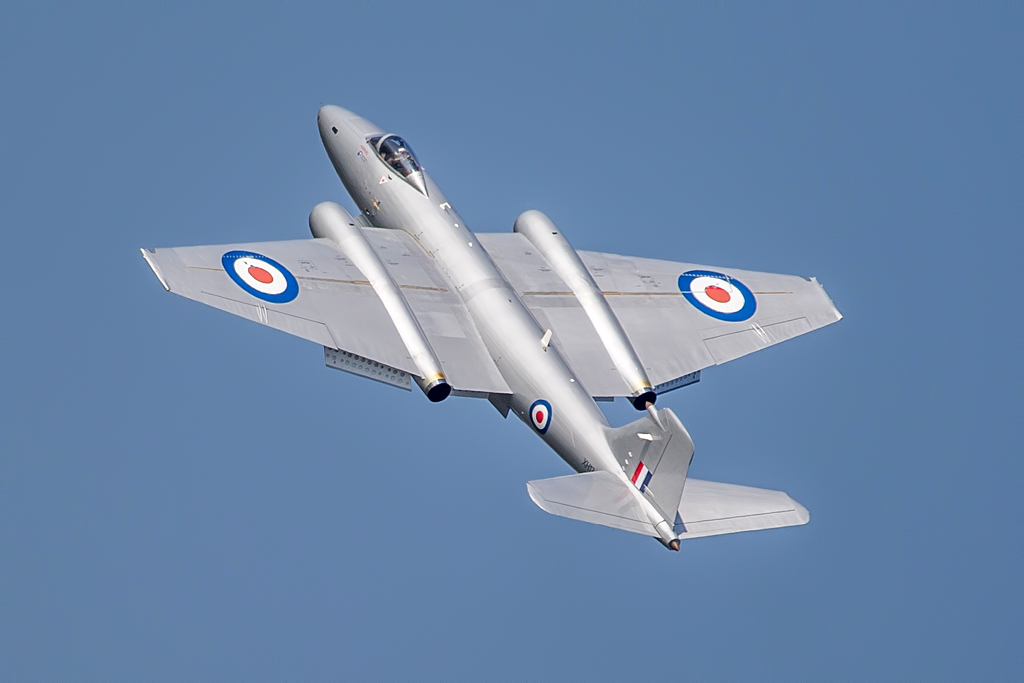
© Ian Le Sueur
Following this, and also having a tenuous Swiss connection, was Graham Peacock’s Hawker Hunter T7 from North Weald, flown by Chris Heames. St Aubin’s Bay is almost tailor made for jet displays and the Hunter, Strikemaster (that had been booked at the last minute to replace the aircraft that had cancelled) and the Midair Squadron Canberra PR9 all used it to great effect. Prior to this, however, was local man Brian Lesslie’s Magni M-16 Gyrocopter. Although some enthusiasts questioned the display as it was a small aircraft in a big arena, feedback from the public suggested they loved it. The gyro was the perfect introduction for the Army Air Corps Battlefield Lynx. Jersey was the penultimate display for the Lynx, which is being retired and replaced by the Lynx Wildcat. The Wildcat is too heavy to display in the same way as the Lynx and so Jersey saw some of the penultimate back flips. The Army lynx display has been a massive success this year and it will be missed.

© Ian Le Sueur
The highlight of the display for many was the Battle of Britain Memorial Flight’s Avro Lancaster together with the Canadian Lancaster. Much has been written this year about the sight of two Lancasters together and it was great to see them. The Lancaster has a special place in the hearts of Islanders who could tell the war was in its last days as they saw hundreds flying over to bomb targets after the invasion. As the two made their way south from the bay, around Noirmont point, there were a number of people wiping their eyes.
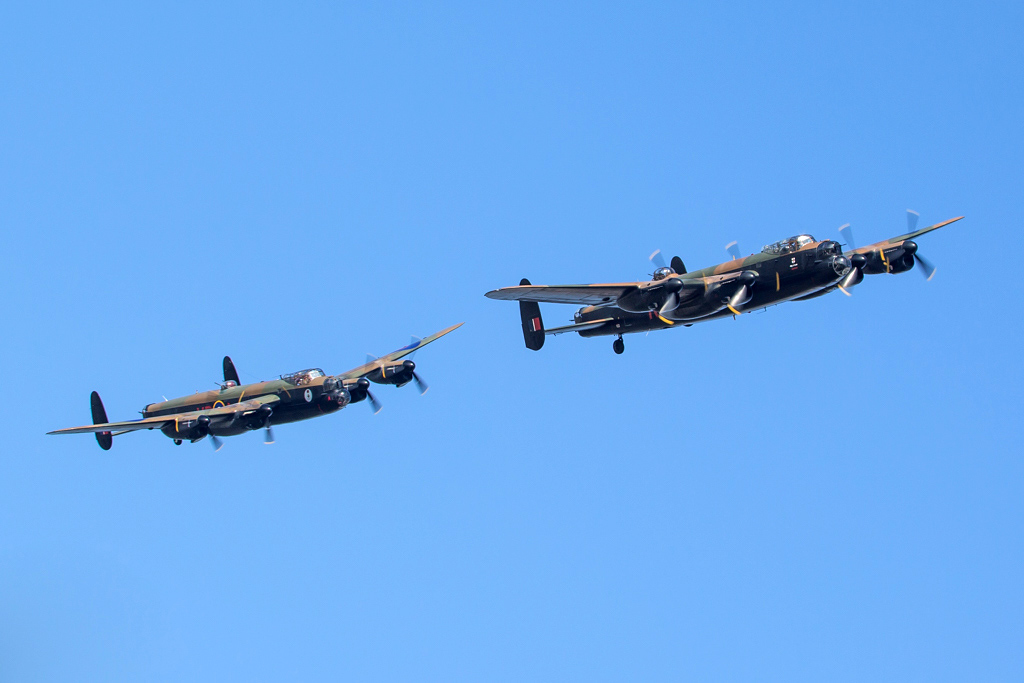
© Ian Le Sueur
The RAF were also present with the Tutor and Tucano displays and the show was ended, as is a tradition at Jersey, by the Red Arrows but prior to that, the SK60 was supposed to have led in the Viggen and Draken in a three-ship pass, before the SK60 landed back and the Draken and Viggen flew solo displays. Unfortunately, the Draken had trouble starting when the ground power unit failed and the replacement also failed. With the Red Arrows’ start time set in stone the decision was made to put the Viggen and SK60 together and hope that there was time to get the Draken started.

© Ian Le Sueur
Luckily this was achieved and the Draken followed the Viggen display.
The Viggen is an impressive beast in every way and looked superb in the sunshine above St Aubin’s Bay. The Viggen is a big favourite at Jersey and as it cleared the massive crowd were treated to a brilliant display by the Draken. The commentator even mentioned that, to him, it looked like it had sprung from Thunderbirds, Space 1999 or one of the other Century 21 shows in the 1960s.
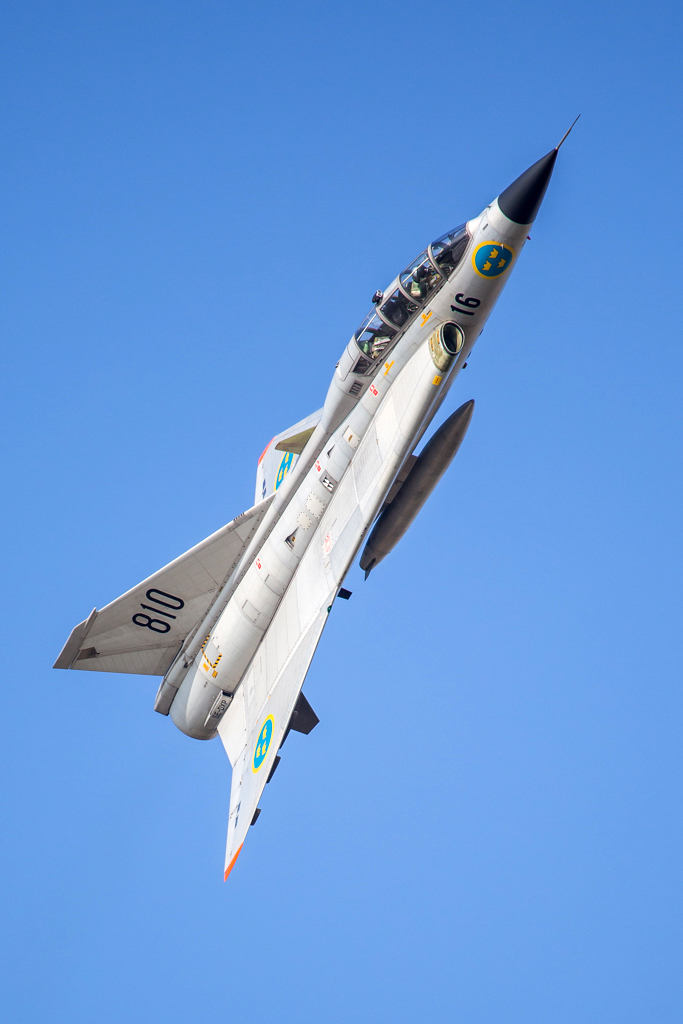
© Ian Le Sueur
The show was closed, in spectacular fashion, by the Royal Air Force Aerobatic Team, the Red Arrows. Red aeroplanes, red white and blue smoke and a clear blue sky are always good together and when you add in one of the best airshow venues in the world, the result is spectacular. The Red Arrows rose to the occasion and put on one of their better displays to end the Jersey International Air Display.
Jersey always manages to spring surprises and has recovered well from the 2011 weather disaster. If you like your airshows varied and a little bit different you can do much worse than go to Jersey, as there is much to see on the island for anyone interested in military history. With flights from many points around the country, and the added bonus of still being able to fly on a Jetstream from some airports, Jersey really ought to be considered. It is a very good show.



